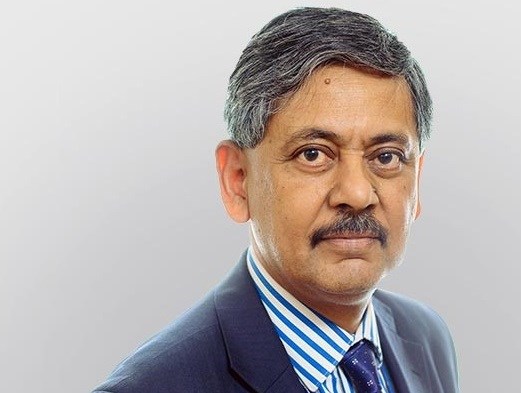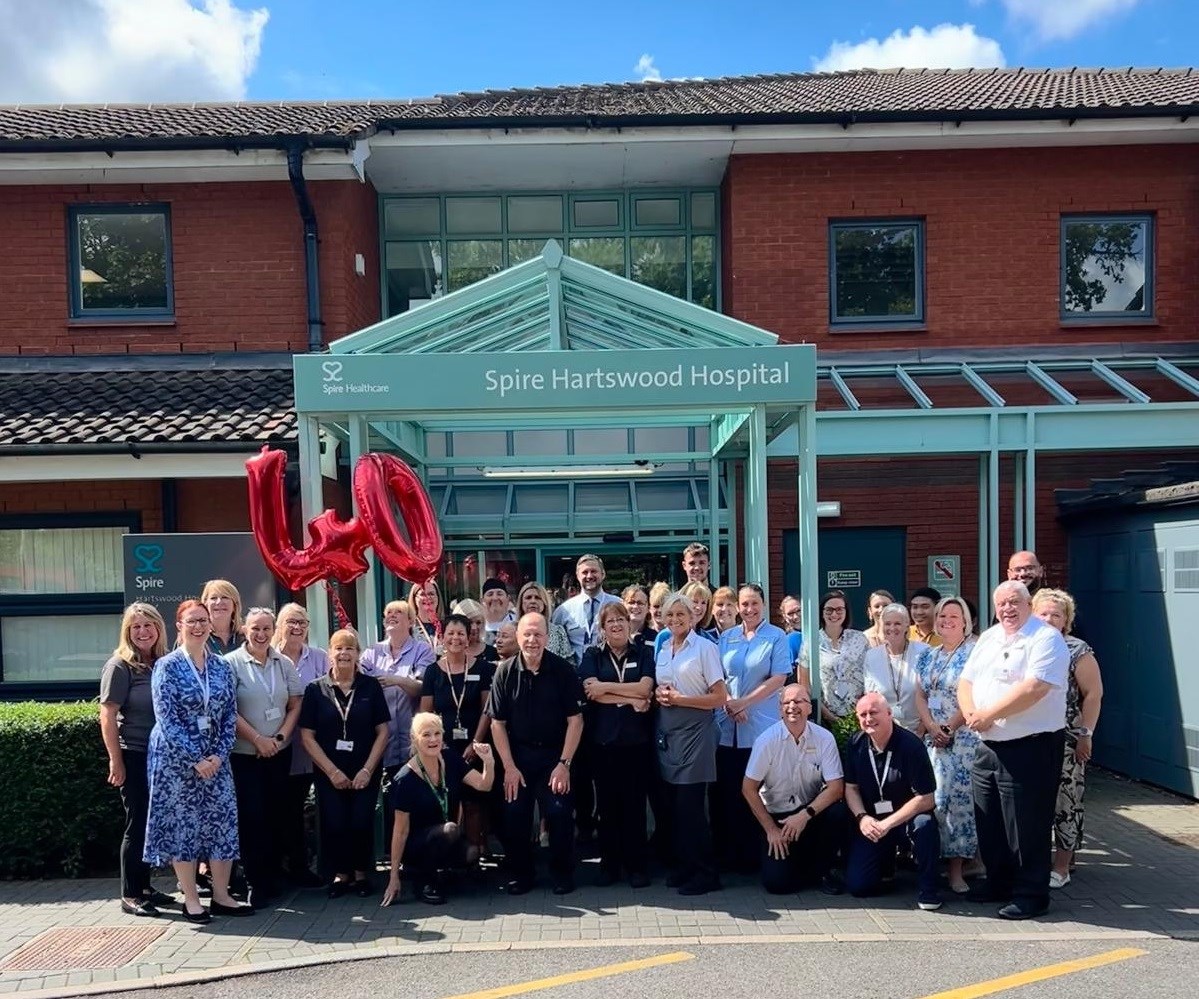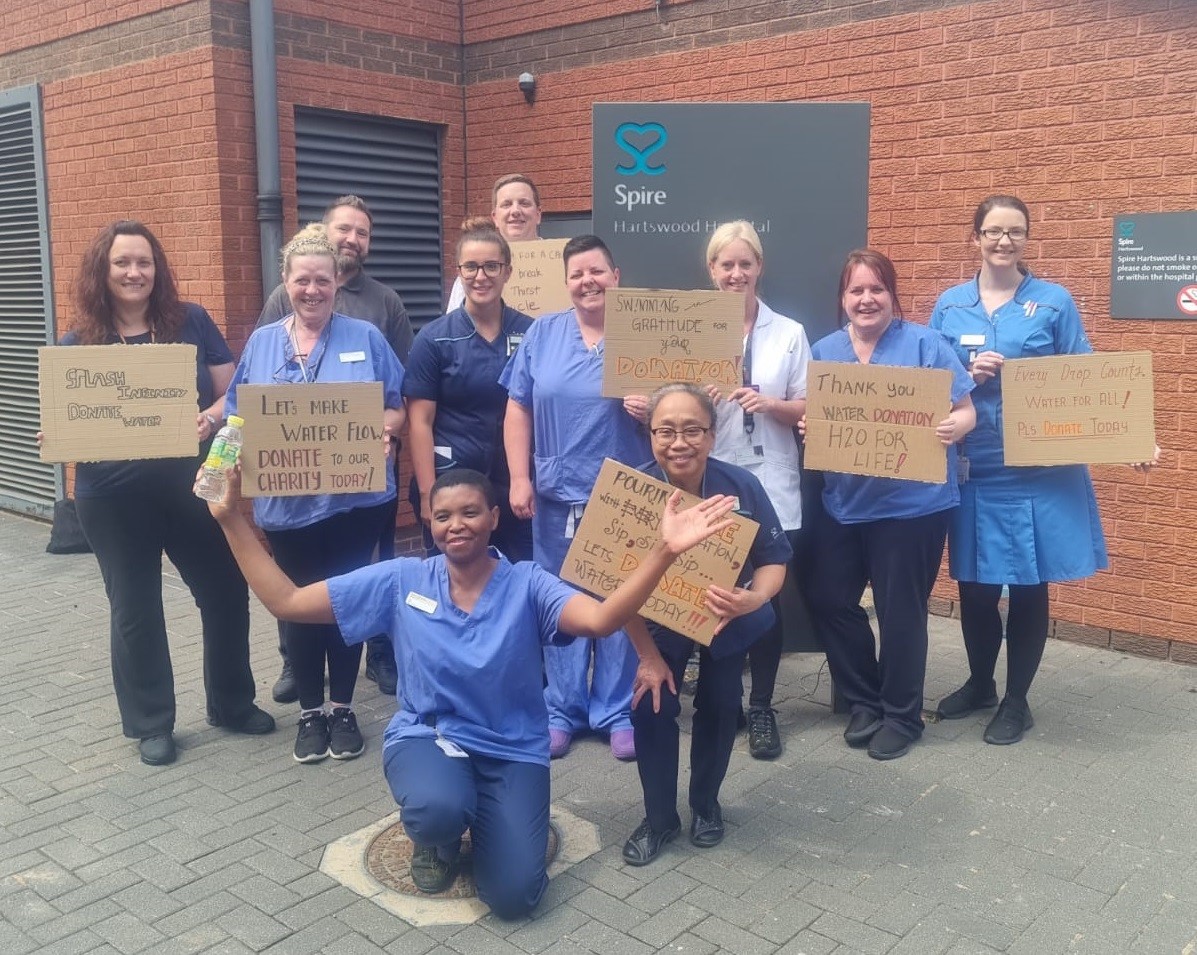Spire Hartswood Hospital awarded prestigious CAP Platinum Award for Housekeeping
02 April 2025
Brentwood hospital up-holds reputation for excellence following recent inspection
We welcome your views on our website and invite you to take part in a brief survey when you've finished your visit.
Your response will help us improve the site and the experience we offer to visitors.
02 April 2025
Brentwood hospital up-holds reputation for excellence following recent inspection
03 February 2025
Spire Healthcare consultant, Professor Bhaskar Dasgupta, has been awarded an MBE for his services to people with giant cell arteritis and polymyalgia rheumatica.

18 December 2024
12,155 solar panels to be installed during 2024 at all 38 Spire hospitals across England, Wales and Scotland. Largest investment in solar technology by a UK independent hospital group. Group carbon savings equivalent to planting 44,000 trees every year.
15 August 2024
Spire Hartswood Hospital is proud to celebrate 40 years of providing high quality patient care, delivering faster access and greater treatment choice for both private and NHS patients across Essex.

17 July 2024
Staff at Spire Brentwood Hospital and nearby patient support centre, have taken part in a series of events to raise money as part of their annual summer charity drive.
25 April 2024
Sifiso Sibanda, a Registered Nurse at Spire Hartswood Hospital has been named as Spire Healthcare’s Diaspora Champion 2024. Sifiso received her award alongside other champions at the Tropical Health & Education Trust’s (THET) inaugural Diaspora Health Champions Awards ceremony.

01 August 2023
Spire Hartswood Hospital has installed a new £1.3m state-of-the-art CT scanner to provide fast diagnoses for NHS and private patients.
22 March 2022
Spire Hartswood Hospital in Brentwood has maintained its ‘Good’ overall rating from the Care Quality Commission (CQC), with a new ‘Outstanding’ rating for being well-led.

24 May 2021
Spire Hartswood Hospital has unveiled a new, state-of-art MRI scanner, which will speed up diagnoses for patients with cancer and other diseases.
02 October 2020
Landmark agreement between Spire Hartswood Hospital and Barking, Havering and Redbridge University Hospitals NHS Trust (BHRUT) enables East London and Essex NHS patients to receive cancer care.